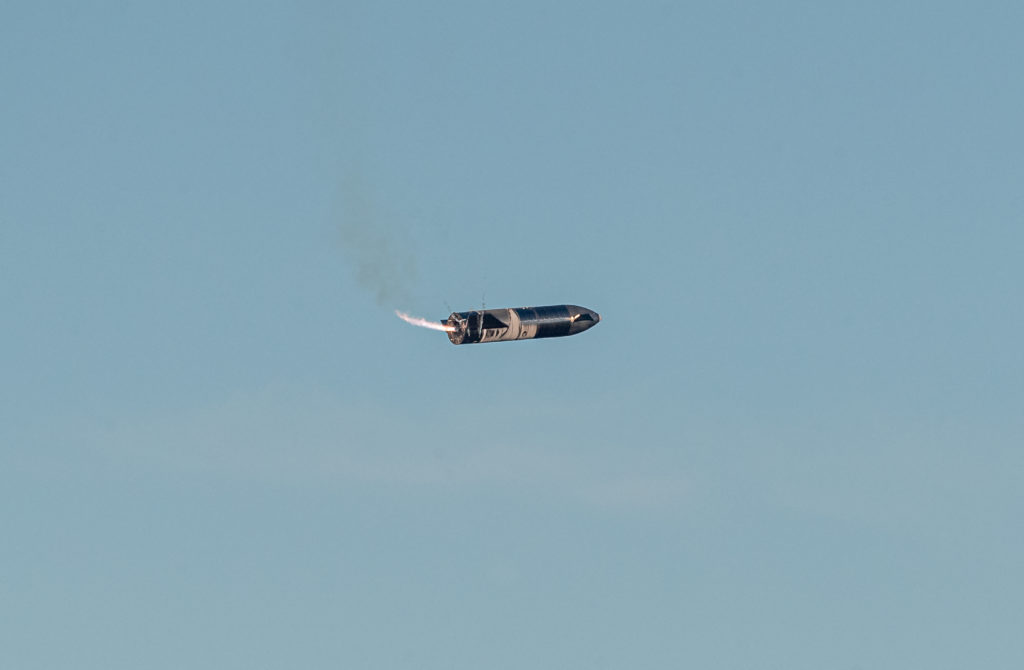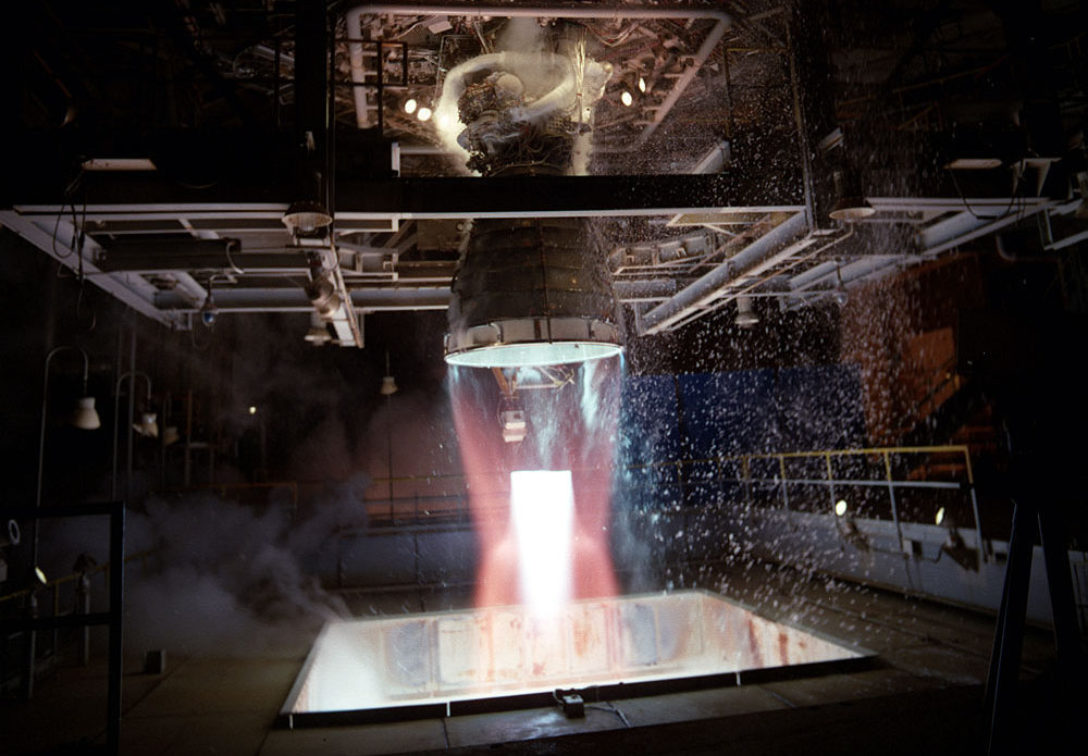The most recent test of SpaceX’s voluminous Starship took place last week on Dec 9, the replay of which can be viewed here. Generally, had Starship been in diving competition, it would have scored a perfect ten for acrobatics and something rather lower for its landing.
After a seemingly successful ascent phase lasting around two minutes, Starship cut off first one engine and then shortly after a second. Following this, the vehicle appeared to nearly hover/slowly ascend, before cuttings its third and final engine just before performing its now patented belly flop maneuver. The following three minutes consisted of its descent, with a notable use of flaps that almost tempts the use of the word “flying.” The final, climatic event was the sudden firing of engines to abruptly, nearly violently, propel Starship into its vertical landing position. This maneuver appeared entirely successful but alas, the fuel header tanks lost pressure and thus the engines lost thrust, leading to an Starship explosion that would have been at home in your average Michael Bay film. Below are a few notes and thoughts on the launch.

- The Raptor rocket engines, which are the only full-flow staged combustion engines to ever make it off the ground, performed admirably. This fact is a critical as anything else SpaceX tested today and are credit to the engineering prowess SpaceX flexes. Also, the exhaust plume is frankly art.
- Many have commented on the green flames Raptor emitted just before the landing attempt. This is in fact not your typical TEA-TEB hypergolic (read: lights on fire by itself) fuel. Raptor uses spark ignition, not chemical, which many have speculated as a way to preserve its ability to restart multiple times. The green flame is this case is most likely the liquid oxygen reacting with engine components, some of which have copper ingredients, thus green flame. This is endearingly described as engine-rich combustion and is not usually considered as efficient as any-other-rich combustion.
- Its difficult to feel a real-life scale for Starship while in flight, but this photo from last year’s Mark 1 rollout helps give an impression for the size of the vehicle performing maneuvers not far removed from a Russian ballet.
- Next up for SpaceX is the launch of Mark 9, with similar goals as Mark 8, with hopefully a more intact vehicle at the end. First it will have to get off the ground, which is proving a challenge. It took a tumble in its shelter and appears to have bent its body and nose flaps. Whether that renders it to costly a repair remains to be seen, as Mark 10 is only weeks away from flight readiness as well.
